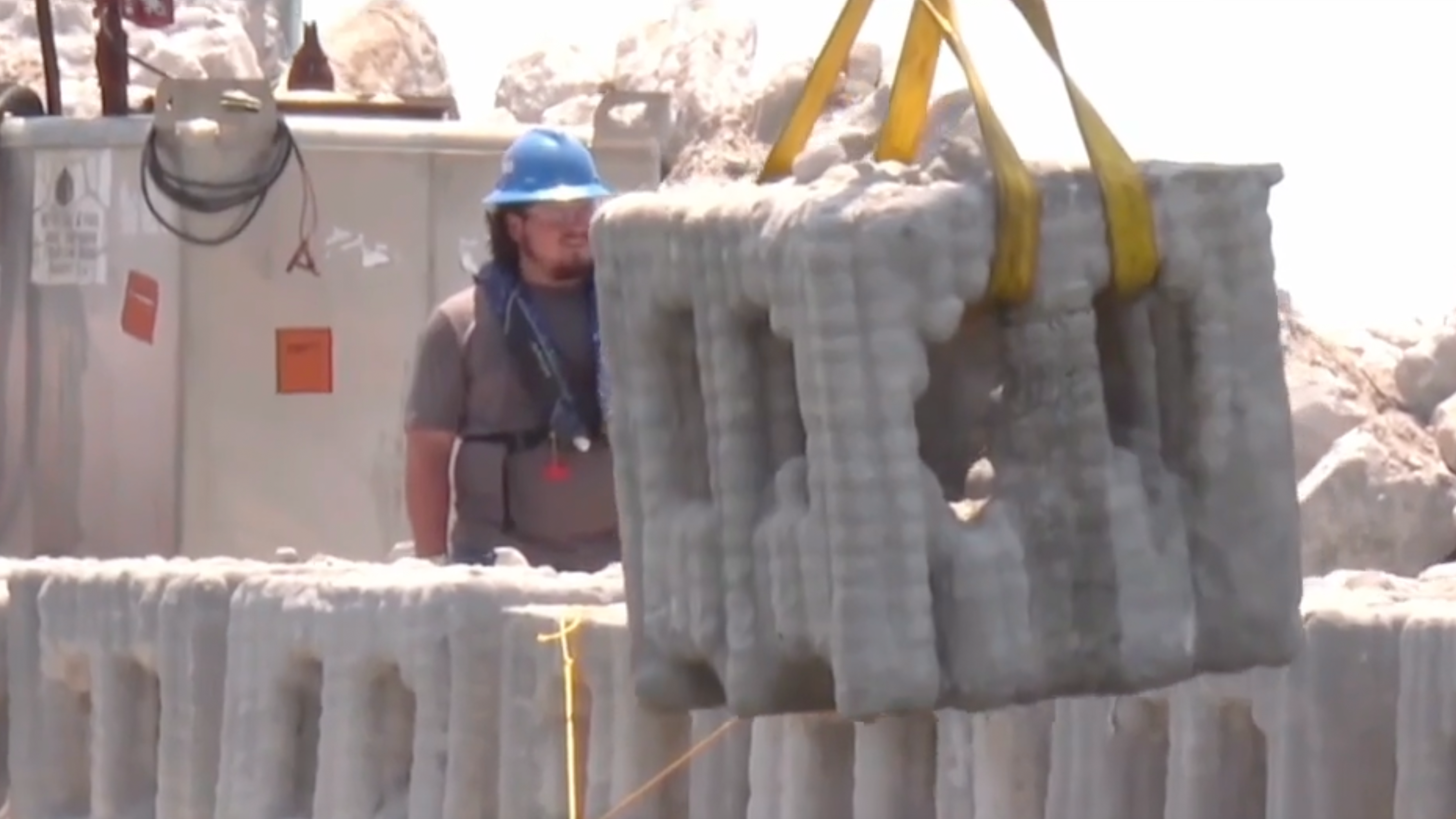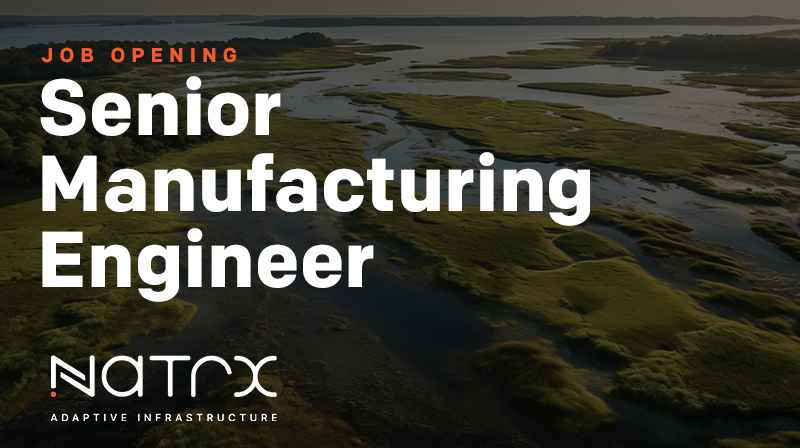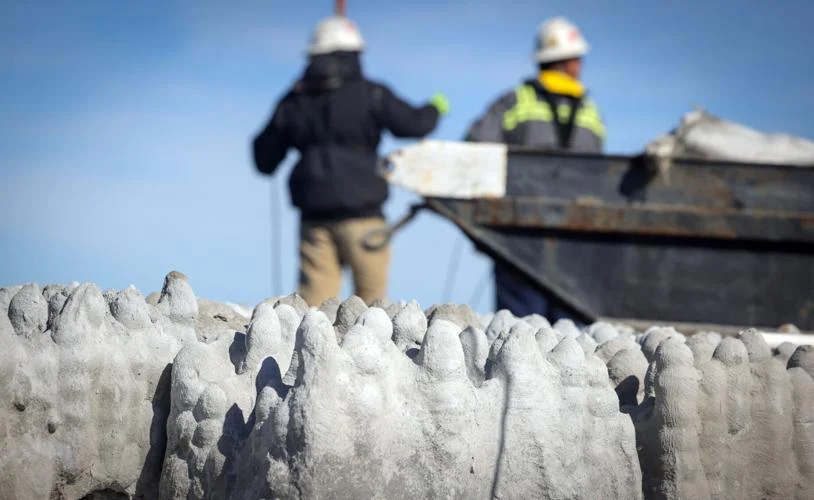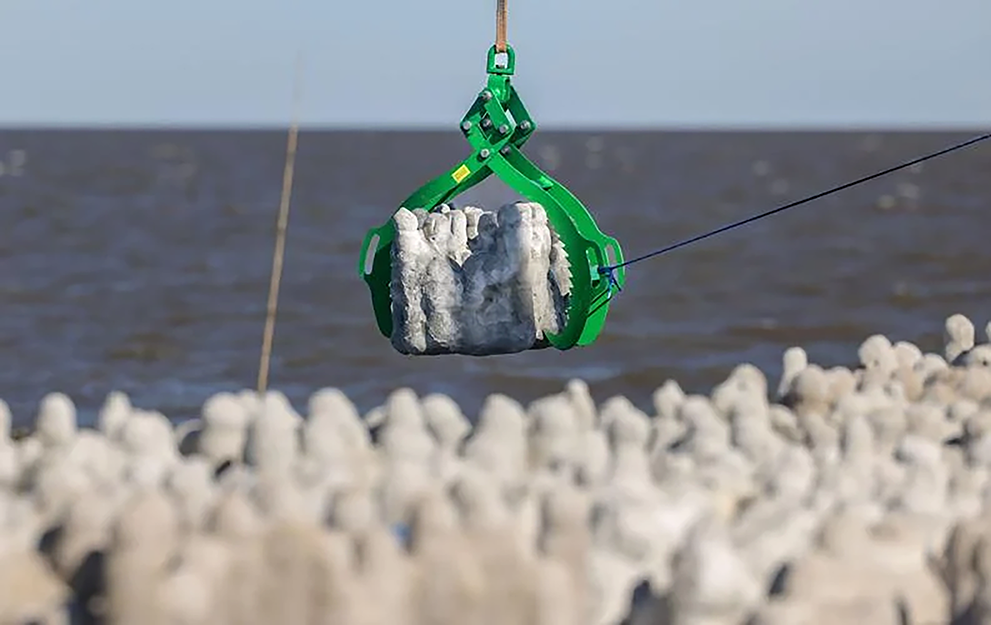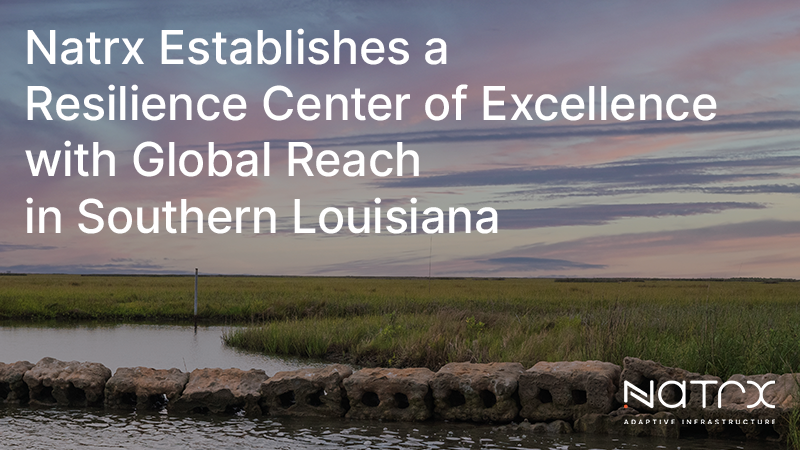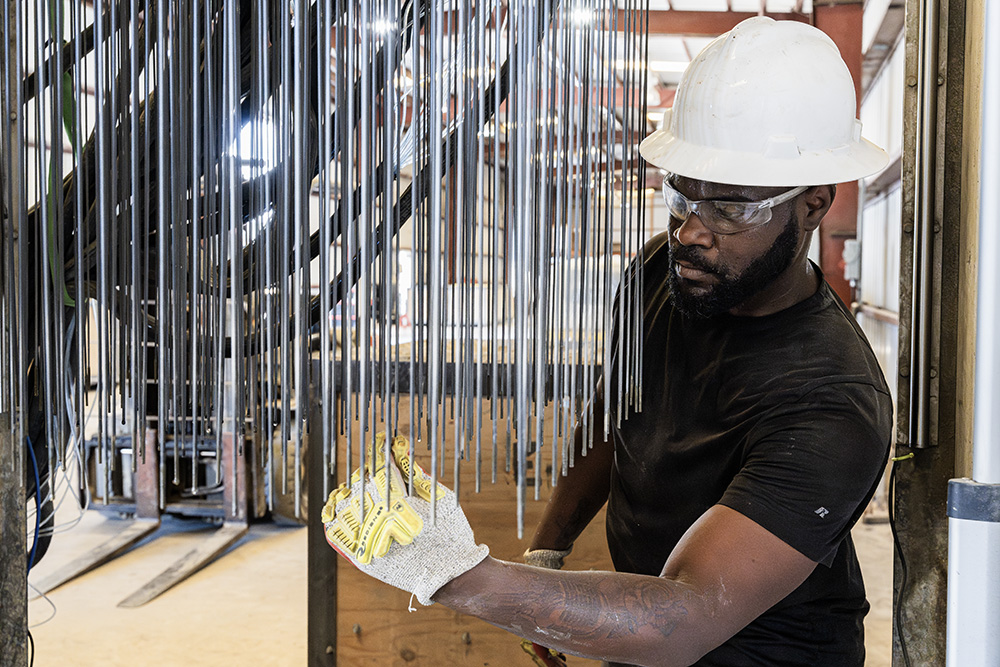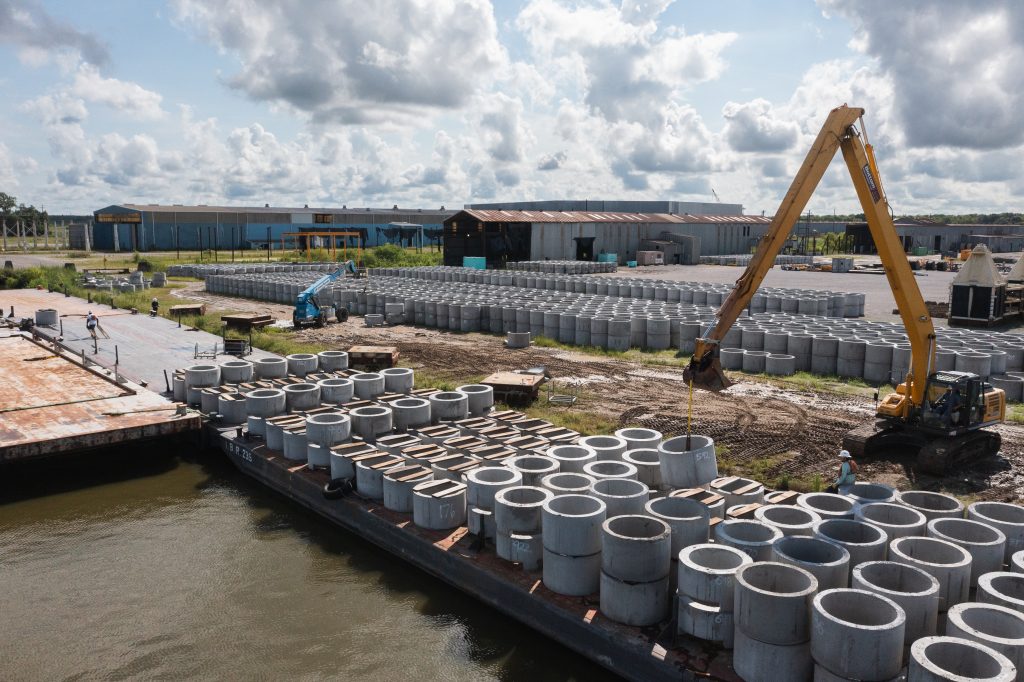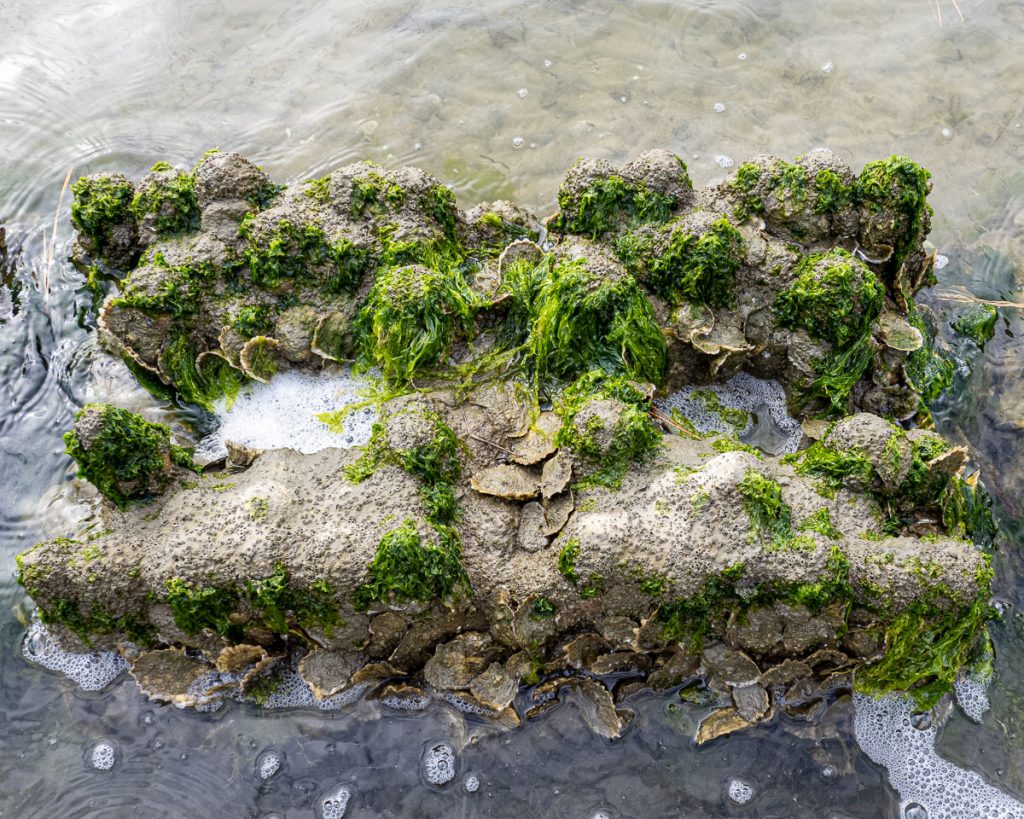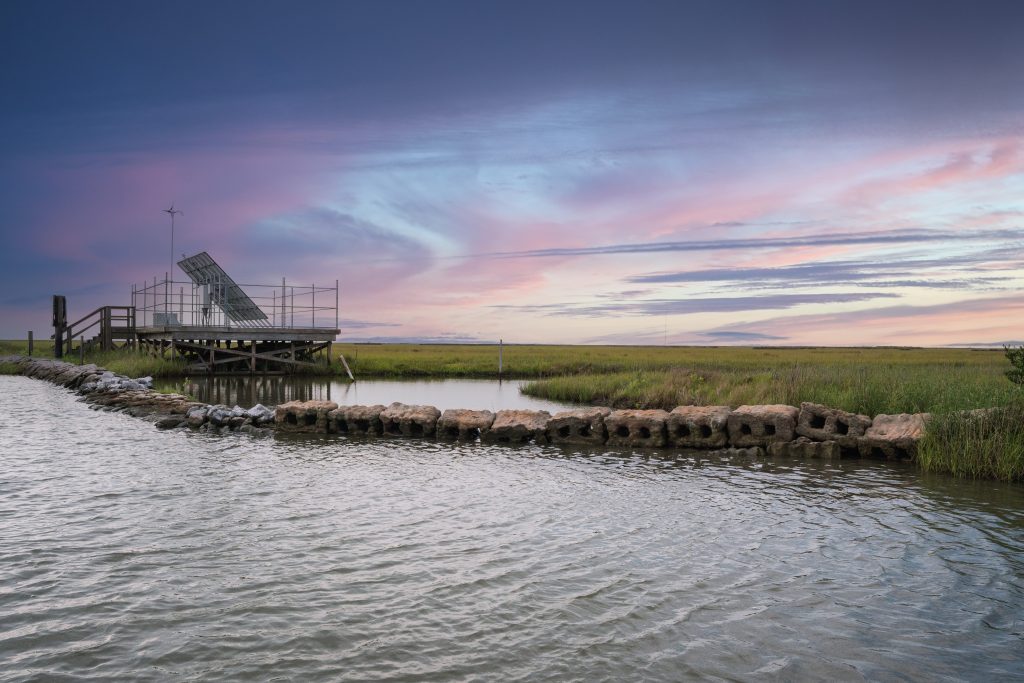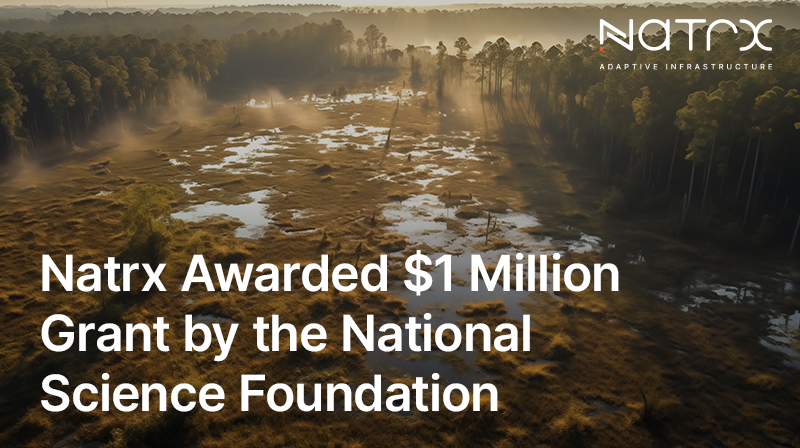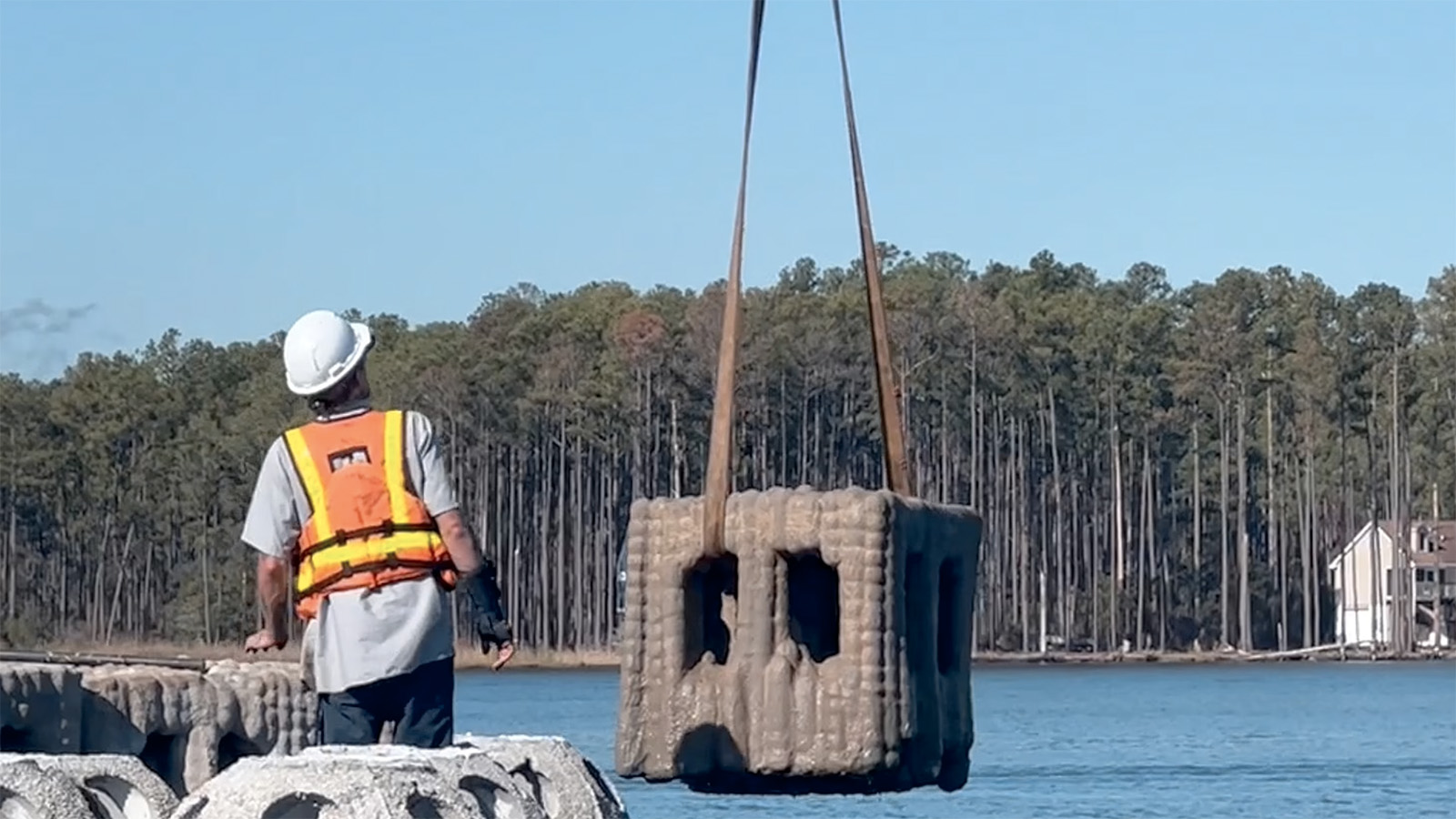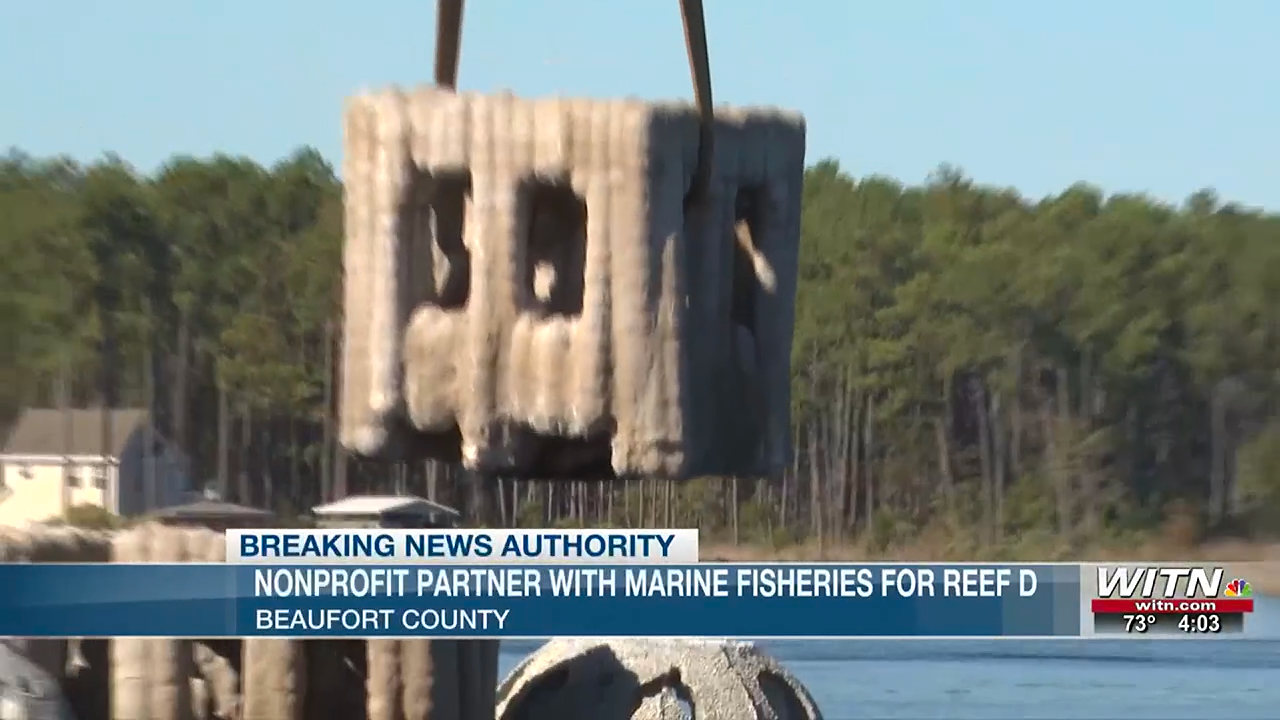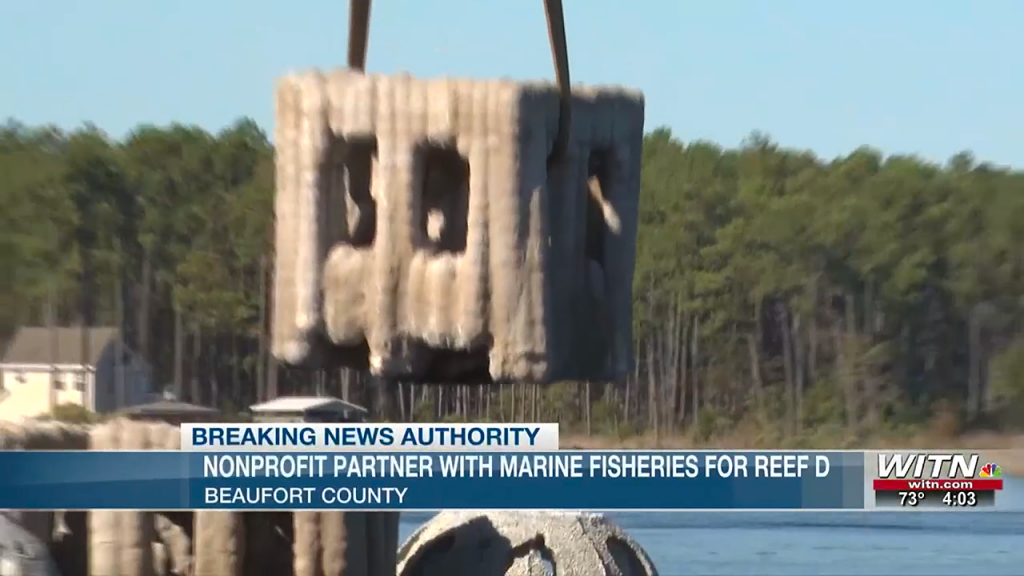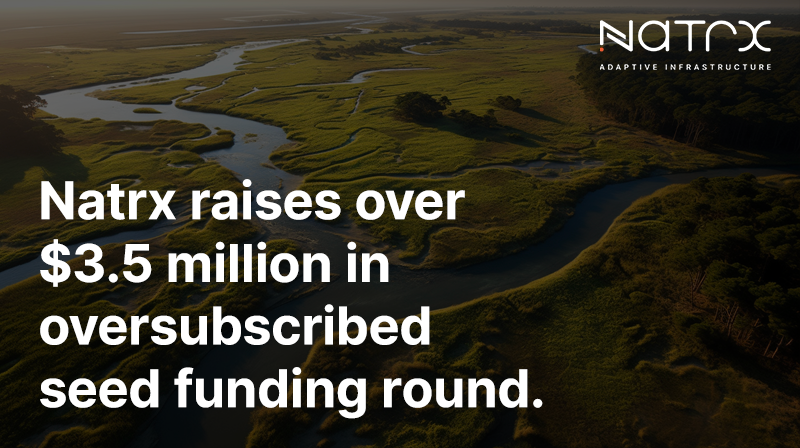
Climate Technology Company Raises Over $3.5 Million to Accelerate Global Deployment of its Nature-Based Infrastructure Solutions
RALEIGH, N.C. (October 11, 2023) – Raleigh-based climate technology company Natrx, the industry leader in nature-based infrastructure technologies, announced today that it has raised over $3.5 million in its oversubscribed Seed funding round led by Ponderosa Ventures and Oval Park Capital. This raise brings its total funding to date to more than $5.2 million. Ponderosa is an early-stage food, agriculture, and ocean-focused venture firm affiliated with Galvanize Climate Solutions, a global, climate-focused investment firm. Oval Park invests in non-FDA-regulated disruptive and impactful technology startups primarily in the Southeastern United States.
Other participating investors include Fulcrum Financial Partners, which focuses on technical innovations that benefit humanity, Silverstrand Capital, which catalyzes biodiversity-positive impact through strategic investments, and TITAN Cement, an international building and infrastructure materials business focused on sustainability and carbon reduction.
Natrx delivers technologies for coastal resilience, adaptation, and restoration. The company’s platform is built around three interconnected capabilities: Assess, Address, and Appraise. Assess utilizes artificial intelligence to identify coastal risks, Address solves these problems with custom-designed and manufactured, nature-compatible structures, and Appraise quantifies the financial and ecological benefits of completed projects. Natrx has deployed coastal, watershed, and deepwater projects across the U.S. with clients including ports, energy firms, the public sector, and major conservation organizations.
“Rising seas and increased storm intensity already plague coastal communities. Natrx offers a much needed solution to protect homes, communities, and infrastructure more cost-effectively and in collaboration with biodiversity, leading to significantly better outcomes,” said Ponderosa co-founder and lead investor Evi Steyer. “With coastal climate risk affecting over half the world’s population, Natrx is positioned for long-term growth and commercial success.”
The capital investment will enable Natrx to continue to scale its patented Dry FormingTM advanced manufacturing technology to meet increasing global demand. With new production units coming online in Louisiana and Hawaii, the company will accelerate distribution of its biogenic infrastructure solutions.
Co-founded by serial entrepreneur Leonard Nelson (CEO) and coastal engineer Matt Campbell (President), the company has five issued patents for its nature-based technologies, including its Dry FormingTM advanced manufacturing process. The Dry FormingTM process was invented by Campbell, a BioAgricultural and Coastal Engineer with a Ph.D. from NC State. Prior to founding Natrx, Campbell successfully commercialized innovative nature-based solutions in use by multiple private enterprises and federal, state, and local agencies.
“Our investors recognize the potential of Natrx solutions to create meaningful impact at scale,” said Campbell. “Our technology-first approach to improving balance between the built environment and the natural world is commercially competitive and delivers measurable economic, social, and environmental benefits.”
About NATRX
Natrx applies its proprietary, nature-based technologies to address coastal resilience, habitat restoration, and asset protection challenges. The company’s solutions promote balance between the natural and built worlds to deliver a new standard for sustainable resilience and positive economic impact. Natrx solutions are designed for the performance requirements of large-scale public and private asset owners and are recognized for delivering real-world results. For more information, visit: www.natrx.io.
About Ponderosa Ventures
Ponderosa Ventures invests in pre-seed and seed stage companies working to transform the food, agriculture, and oceans sectors. They invest globally, with a focus on the US and Europe. Ponderosa is a member of Galvanize Climate Solutions, a climate-focused global investment firm delivering capital and integrated expertise to accelerate climate solutions and create long-term value for investors.
For more information, visit: www.ponderosavc.com and www.galvanizeclimate.com.
About Oval Park Capital
Oval Park Capital is an early-stage venture capital firm based in Raleigh, NC that serves as a trusted bridge between high potential technology startups in undercapitalized regions and larger investors in mature and well-capitalized startup ecosystems. Oval Park partners with exceptional and diverse founders using novel, disruptive, and protectable technologies to solve complex and costly global problems. For more information, visit: www.ovalpark.com.
About Fulcrum Financial Partners
Fulcrum Financial Partners has been investing in startups in the Raleigh-Durham area since 2007. Their mission is to help entrepreneurs bring products and services to market that enhance people’s quality of life and help make the world a better place. The firm is always looking for companies that are technically innovative and create useful products or services that are beneficial to humanity at large.
For more information visit: www.fulcrumfp.com.
About Silverstrand Capital
Silverstrand Capital is a Singapore-based investment firm with an impact investment mandate to catalyze biodiversity-positive impact. Its mission is to accelerate the widescale restoration and conservation of ecological health and biodiversity on land and sea. Its global portfolio of startups and funds spans a wide range of sectors, including regenerative agriculture, sustainable aquaculture, and nature-based solutions. For more information, visit: www.silverstrand.capital.
About TITAN
Titan America, LLC (www.titanamerica.com) and its family of companies are leading heavy building materials producers in the Eastern United States. Titan America is headquartered in Norfolk, VA and its subsidiary companies produce cement, aggregates, ready mixed concrete, concrete block, and beneficiated fly ash. Titan America is a member of TITAN Cement Group, an international cement and building materials producer. The Group employs more than 5,000 people and operates in 25+ countries. Throughout its 120-year history, it has aspired to serve the needs of society, while contributing to sustainable growth with responsibility and integrity. For more information, visit: www.titan-cement.com.

